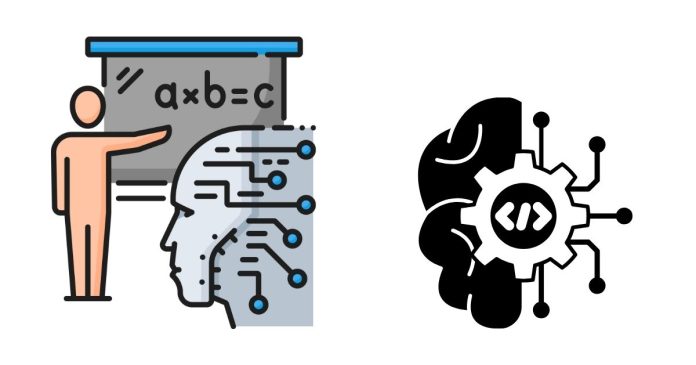In the realm of machine learning, two fundamental paradigms shape how algorithms learn from data: supervised and unsupervised learning. Each approach serves distinct purposes and addresses different challenges in extracting meaningful insights from datasets. Let’s delve into the key differences and applications of these methodologies.
Supervised Learning: Guided by Labeled Data
Supervised learning involves training algorithms on labeled data, where each input is associated with a corresponding target output. The primary goal is to learn a mapping from inputs to outputs, enabling the algorithm to generalize and make predictions on unseen data accurately.
Key Characteristics:
- Training Data: Consists of labeled examples (input-output pairs).
- Objective: Predict output for new inputs based on learned patterns.
- Examples: Classification (e.g., email spam detection), Regression (e.g., predicting house prices).
In supervised learning, algorithms such as Support Vector Machines (SVMs), Decision Trees, and Neural Networks learn from labeled data through iterative optimization processes. The quality and quantity of labeled data significantly influence model performance, as they directly impact the algorithm’s ability to generalize.
Unsupervised Learning: Extracting Patterns from Unlabeled Data
Contrary to supervised learning, unsupervised learning deals with unlabeled data, where the algorithm must identify patterns and structure without explicit guidance. This approach is particularly useful for exploratory data analysis and uncovering hidden relationships within datasets.
Key Characteristics:
- Training Data: Unlabeled data, where no predefined outputs are provided.
- Objective: Discover hidden patterns, groupings, or clusters in data.
- Examples: Clustering (e.g., customer segmentation), Dimensionality reduction (e.g., Principal Component Analysis).
Algorithms like K-Means clustering, Principal Component Analysis (PCA), and Autoencoders are commonly used in unsupervised learning tasks. These algorithms aim to minimize redundancy and reveal intrinsic structures within data, making it easier to interpret complex datasets and derive meaningful insights.
Applications and Considerations
- Supervised Learning Applications: It dominates tasks where labeled data is abundant, such as image recognition, speech recognition, and sentiment analysis. Its reliance on labeled data ensures precise predictions but demands substantial labeling efforts.
- Unsupervised Learning Applications: Widely used in scenarios like market basket analysis, anomaly detection, and recommendation systems. It excels in extracting patterns from large datasets without the need for labeled examples, making it adaptable to diverse domains.
Choosing the Right Approach
The choice between supervised and unsupervised learning hinges on several factors:
- Data Availability: If labeled data is scarce, unsupervised learning offers an alternative for exploratory analysis and pattern recognition.
- Task Complexity: For straightforward prediction tasks with clear input-output relationships, supervised learning is suitable. In contrast, unsupervised learning tackles the complexity of data with unknown structures.
In conclusion, understanding the distinctions between supervised and unsupervised learning is crucial for leveraging machine learning effectively. Both paradigms play pivotal roles in modern AI applications, offering versatile tools to extract insights and drive innovation across various domains. By harnessing the strengths of each approach, data scientists can unlock the full potential of their datasets and make informed decisions in a data-driven world.


